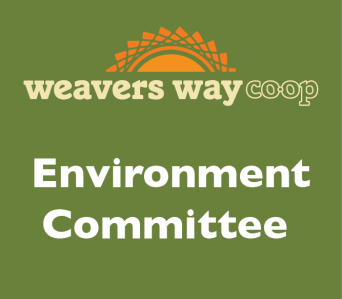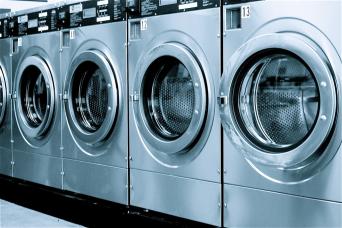
When Cleanliness Is Next to Unnecessary
Cleanliness is definitely not next to godliness. In fact, not only can it use too many of our resources, but it can also be harmful to the environment. That’s right — washing clothes is another action we can take to be NOT environmentally friendly, like NOT driving when possible.
The reason is that when we wash clothes, thousands of plastic microfibers are liable to be released into the water, making their way into our streams and oceans. There other marine life, from single-celled plankton on up, eat these plentiful fibers which cause them serious digestive problems. These fibers also attract other chemical pollutants and the toxins leach into the animal’s tissues. Most of the fish we eat, if not all, are filled with tiny pieces of plastic. We don’t know yet the implications for humans, but it can’t be good. Just because we can’t see these microscopic fibers doesn’t mean they aren’t a problem.
The reason washing machines are suspect is that fish caught in U.S. waters are filled with microfibers from plastic far more than fish caught around Indonesia. This may be because there are not as many washing machines in Indonesia. Also, specialty sports clothing, common in the US, is not as available there.
A study in the UK found that acrylic was the worst offender, releasing 1.5 times as much as polyester and 5 times as much as polyester-cotton blend. Fleece jackets release as many as 250,000 microfibers per wash.
There are numerous suggestions to try to stop the proliferation of plastic microfibers in our oceans. Some manufacturers are experimenting with anti-shed treatment for fabrics as well as a “nanoball” that would attract the microfibers in the washing machine. Even water-less washing machines using pressurized carbon dioxide are being proposed. Another product is the “Guppy Friend” wherein clothing is put in a bag which supposedly catches the fibers.
Reviews of the bag say there are no instructions as to how to clean out the bag and what to do with the tiny fibers.
One small victory was the Microbeads Free Water Act in 2015, which banned the use of plastic microbeads in personal-care products, although we need to put this into perspective: According to the International Union for Conservation of Nature, washing clothes was the cause of 33% of micro plastic releases into the environment while microbeads contributed only 2%.
Personally, I try to buy used clothing whenever possible as the manufacture of new clothing uses so much water, materials and energy. (I admit I also love the savings and try to keep my lips sealed when someone compliments me on my beautiful outfit. I so want to brag about how little I paid.) But unfortunately, the older a piece of clothing is, the more it is likely to be shedding plastic microfibers.
So to be kind to Mother Nature, try to wear natural fibers like cotton, wool, silk and even hemp and bamboo since they don’t contain plastic. As a bonus, the infamous Koch Brothers have the patent on Spandex, so when you buy less, you reduce their profits.
And run your washing machine less often. Wash your synthetic fabrics by hand or at least on delicate cycle in hopes of releasing fewer microfibers. Any changes we make now may be small, but we have to try.

